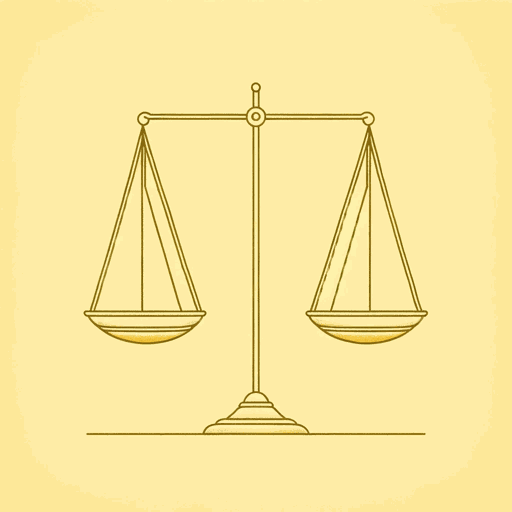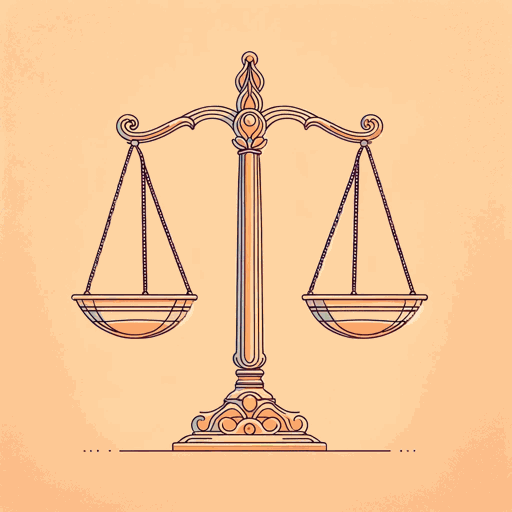49 pages • 1 hour read
Milton Friedman, Rose FriedmanFree To Choose
Nonfiction | Book | Adult | Published in 1980A modern alternative to SparkNotes and CliffsNotes, SuperSummary offers high-quality Study Guides with detailed chapter summaries and analysis of major themes, characters, and more.
Symbols & Motifs
The Federal Reserve System
Established in 1913, the Federal Reserve (Fed) oversees banks and controls the money supply. Its chief power is the ability to add or subtract money to or from the economy. This power has been used numerous times in attempts to influence growth or mitigate downturns; the Friedmans argue that its usual effect is to make things worse, especially during the Depression in the 1930s and the inflationary spiral of the 1970s.
Fractional Reserve Banking
Banks receive deposits from customers, then lend the money at interest to businesses and individuals, retaining a percentage of deposits as reserves so depositors can make periodic withdrawals. This fractional reserve banking system has the drawback that if all depositors try at the same time to withdraw their cash, the affected banks won’t have enough cash on hand and will collapse. Such panics occur from time to time in US history; the Federal Reserve Bank and Federal Deposit Insurance Corporation (FDIC) are formed to reduce the chance of bank panics.
Public Choice Theory
The Friedmans support the concept that public servants, like private individuals, tend to make decisions that benefit their own careers, and that this can affect the outcomes of government programs, often to their detriment. This is not to say that officials are inherently bad people, but that they are human, and that the notion of selflessness in public service is betrayed by the simple reality that people must, and will, see first to their own interests.


